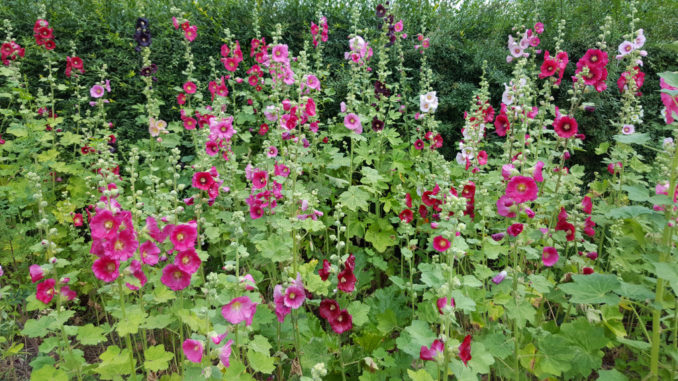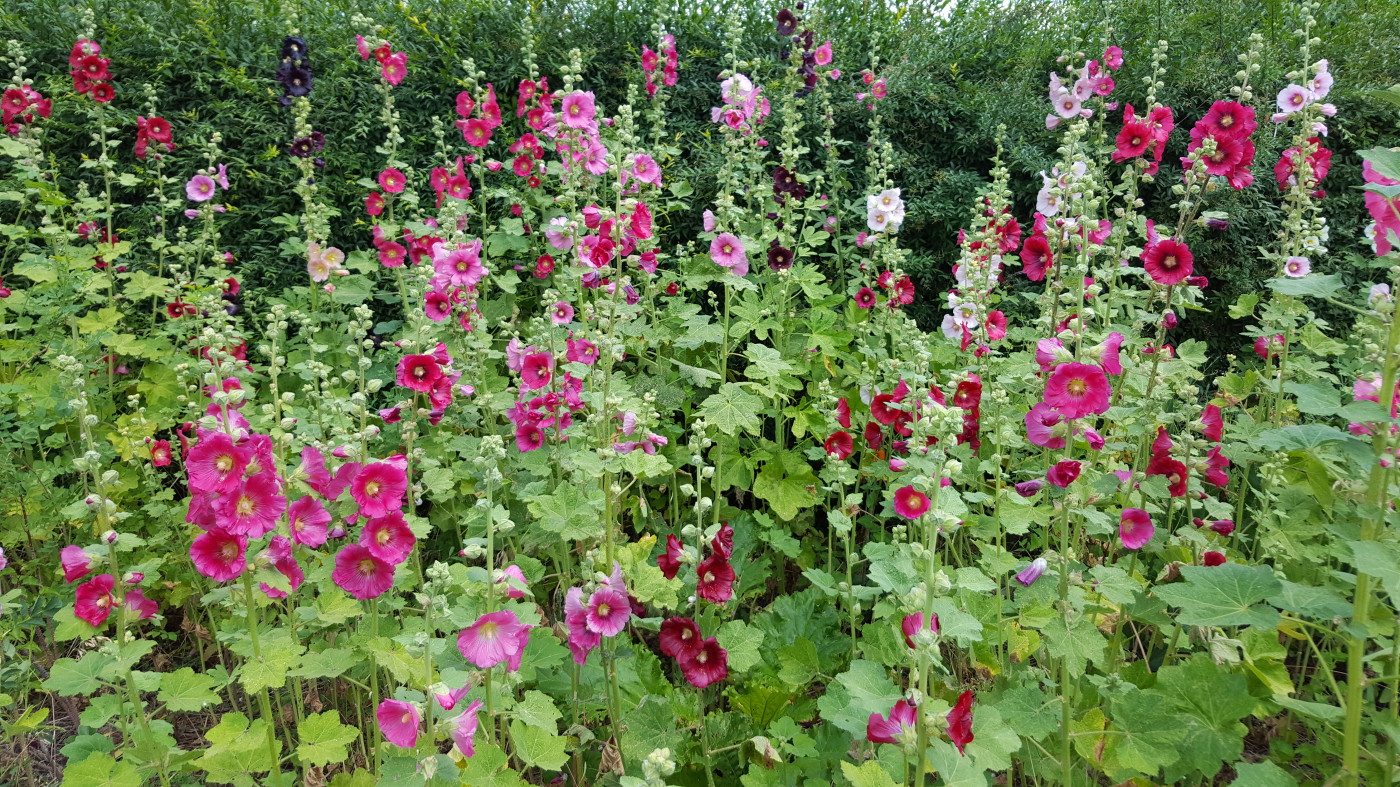
1. Deadhead time
Dead-head your roses whenever the aging flowers shatter. Dead-heading is the term for cutting off old blooms. Removing old flowers promotes higher-quality reblooming every six to eight weeks. Cut back to the first five-leaflet leaf low on the stem, or, to make it simpler, cut off all but about three inches of the spent flowering stem. Then apply some rose food and water it in well.
2. Bloom’s off
Keep geraniums and other flowering plants blooming throughout the summer and longer by deadheading (removing faded blossoms). Most summer annuals, perennials and roses will bloom more if old blossoms are removed as soon as they fade. And an additional dose of plant food will also boost blooming.
3. Branching out
Here’s the best way to keep your deciduous fruit trees low and productive: prune them as soon as you harvest the fruit. Top the tree at any height that works for you – about eight feet is practical. Remove strong, upright sprouts, but allow plenty of leaves to remain because they will feed new branches that emerge in the next several weeks. And these late-summer/autumn branches will produce the bulk of next year’s crop – at a height that is easier to reach.
4. Got milk?
If the foliage on your squashes, roses, crape myrtles and other plants develops powdery mildew, remember that the simple skim milk formula really does keep mildew away. Weekly spraying of foliage with a mixture of one part skim milk and nine parts water is a safe and inexpensive way to get the upper hand on this distressing disease. You could also use sulfur dusts or weekly sprays of products containing triforine in accordance with package directions, but the fat-free milk formula is less expensive, easier to find, and truly does an excellent job. Whatever you use, drench the plants thoroughly, on both sides of all the leaves, and stop spraying by mid-August or when the plant reaches peak bloom.
5. Rising stalks
Here is a way to work some fun magic with hollyhocks, which usually finish their annual flush of flowers by mid-summer. Cut back the flower stalks just above the ground. Then water and feed the plants right away, and continue watering regularly. This usually causes new flower stalks to develop, and the plants will actually produce a second flush of hollyhock blooms this autumn.






